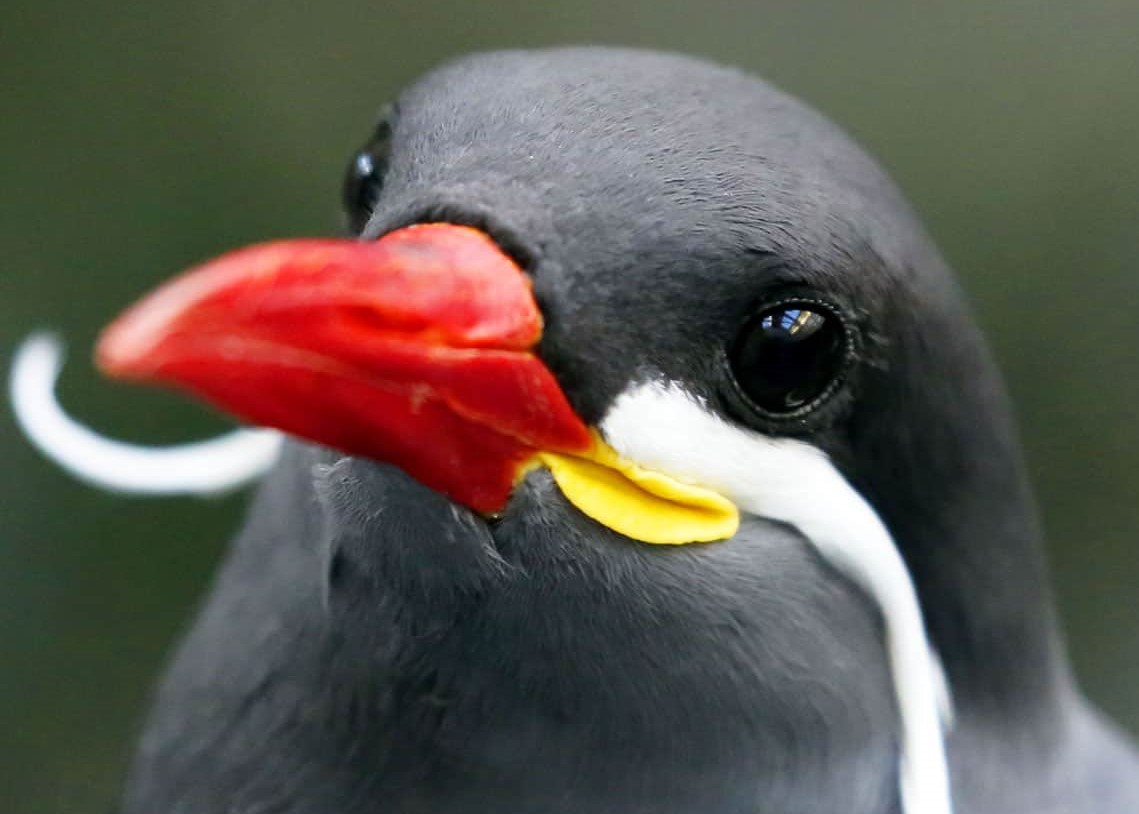Veins of Norrab
Ripping through the oceanbeds of Norrab are the planet's veins. This pattern of intersecting trenches span thousands of kilometres, reaching thousands of metres deep and digging right through Norrab's crust.
The depth and danger levels of the Veins of Norrab mean that the planet's inhabitants have not ventured down. Almost nothing is known about what lurks beneath, the only concrete information surfacing when any deep-sea fisherpeople manage to snag something from several thousand metres below the black waters.
These trenches might not have been explored by adamnans, but they have been by other species. The abyssal merfolk of Auvarha have wormholes giving them direct access to these trenches, where they have constructed research stations to study the native environments.
Geography, Location & Climate
Roughly seven hundred trenches make up this massive region. Considered a single biome, the Veins of Norrab exhibit unique flora, fauna, and a general environment. The deepest trench reaches sixteen thousand metres below sea level, nicknamed Norrab's Crack. Many adamnans believe this trench leads into a vast cavern system, home to primordial creatures unimaginably powerful.
The average trench reaches about two thousand metres past the seabed, which can range depending on its location in the planet. The mean depth of Norrab's oceans is 5,000 metres. With the way the veins are spread, you can swim round the entire planet, solely in these trenches, and reach the same point you started.
Ecology
The wildlife of the Veins of Norrab is incredibly diverse. Different oceans have its own ecosystems, many of which merge where sets of trenches meet. Global species include rose crown anemones and norrab pitcher worms, which grow on the vast trench walls, embedded into hard rock.
The Kahalaie Ocean has the most ecologically diverse set of trenches. Its climate is slightly warmer than other oceans, and temperatures in these trenches can reach 2 degrees Celsius.
These trenches are most famous for the abundance of kahalaie conches, often fished up from massive deep-sea industrial fishing nets. These conches are six inches in length and have a habit of eating these fishing nets.
Ghostly apparitions dance through the trenches of the Vexen Ocean. The unusual composition of these waters means that gatherings of different magics condense to form liquids, which blend with the ocean to form stunning displays.
Many organisms in the Vexen Ocean have ties to certain magics, such as liquemancers, semi-sophontic eel-like fish with the ability to magically liquefy their prey.
Some trenches of the Euran Ocean feature streams of pure blood which have brought about some peculiar species. Blood mites feast upon massive whalefalls, the remains of deceased titanic cetacean species that float down to the bottom of the seabeds.
Upon their descent they are picked apart by a number of other organisms, such as daydreamer sharks and hullsinkers, two predators that grow over sixteen metres in length, some of the largest animals to inhabit these trenches.
Thousand year old legends say that the Titani Ocean's swirling pattern is the deceased body of a world serpent that wrapped around the globe with a tight grip. The trenches were battle scars from fighting otherworldly beings and monsters.
These trenches are now a breathtaking environment, with bioluminescent murals of wiggling and swirling planktons painted on the cliffsides. Tiny deep-sea parrotfish peck at coral along these trenches, while opportunistic predators dart at their distracted prey.
Auvarhan Research Stations
Dotted in the trenches around Norrab are research stations set up by the abyssal merfolk of Auvarha. Surprisingly these people have decided not to colonise the entire seabed, opting to just study what animals lurk in these abysses. Sprawling stations with docks for their advanced vehicles allow them to traverse these trenches at lightning speeds, collecting data as they go, which is sent back to their home planet for studying.
What merfolk scientists are doing with this data remains a mystery, but some that are aware are becoming increasingly worried. Merfolk research stations are cropping up on more and more planets, and each time it looks like they've abandoned them, gigantic cities rise up out of nowhere to conquer the oceans.










Terrifying, but also fascinating. <3
Explore Etrea | March of 31 Tales
my thoughts exactly xD